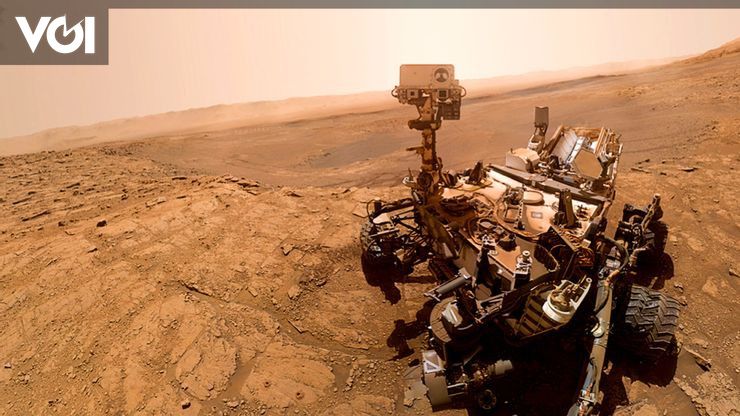JAKARTA – The planet Mars may be very uninhabitable for humans, but a group of scientists have a bold plan to one day change all that. This rocky planet is a lifeless expanse, characterized by its rust-red surface and extremely low temperatures.
When looking for a challenging environment for life, Mars is certainly among the most hostile in the galaxy.
However, due to its proximity to Earth, Mars has long been an attraction for mankind. Since at least the 1800s, writers have pondered whether Martians existed? Meanwhile modern-day storytellers have considered what it would be like for explorers to try and change the shape of the planet.
But despite our imaginations – or the plans of billionaires like Elon Musk – humanity is still a long way from calling Mars home.
However, many researchers believe that people will one day be able to settle on the red planet if we can overcome some major challenges. The main one among them is the lack of atmosphere, which, at the moment, makes prospects terraforming Mars becomes almost impossible.
Some have suggested creating a series of enclosed and self-supporting structures across the surface, effectively eliminating the need for an external oxygen source. However, this would still leave the inhabitants of Mars at the mercy of radiation from space, thus requiring more engineering to ensure people stay safe.
But a new paper from a team of scientists has an even more ambitious goal – kickstarting Mars’ magnetic field so it could help generate a protective atmosphere around the planet.
Mars already has a magnetic field, but compared to Earth, the field is relatively weak and sporadic. The team, which includes NASA chief scientist James Lauer Green, proposes several methods to increase its strength and reliability, including restarting the planet’s iron core or creating a giant circle of batteries. solid-state.
Needless to say, any suggestions would require a huge amount of resources, all of which would have to be flown to Mars. But as the researchers explain, power for the project could come from nuclear fission reactors, long considered a necessity for the colonization of Mars.
However, while it seems it may still be some time before Earthlings take over Mars, it will give us more opportunities to learn all we can about the planet. From uncovering unique rock formations to finding places for future condos by ancient lakes, scientists will be busy for a while.
Who knows, maybe they’ll eventually find some Martians who might help shape the magnetic field for us Earthlings.
– .

